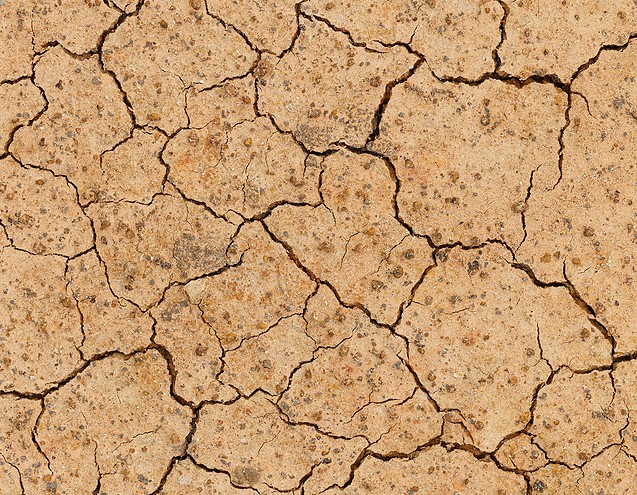News
Drought Status For All Of South-West England
The whole of south-west England has been classified as being in drought, following this year’s hot summer that saw some of the driest conditions in almost 90 years hit the region.
As such, the Environment Agency is now advising both businesses and members of the public across Bristol, Somerset, Dorset, south Gloucestershire and some parts of Wiltshire to use water resources wisely. It comes after Devon, Cornwall and the Isles of Scilly were also declared to be in drought at the start of August.
Although some rainfall has been seen in recent weeks across the region, it has been insufficient to compensate for the long period of dry conditions of recent months.
Triggers used to confirm the move to drought status include the hydrological position (rainfall, river flows, soil dryness, reservoir levels and groundwater levels) and the impacts that these have on both environment and abstractions.
Although essential water supplies are safe, the Environment Agency and Defra have come together to urge water companies to continue with precautionary planning to protect supplies if little rainfall is seen this autumn,
While it is important for people to manage water usage sustainably, the government also has expectations that suppliers will take action to reduce water leaks and fix pipes as quickly as possible, an important step to protect resources, since three billion litres of water is lost through leakage in England each day.
Chris Paul, drought lead with the Environment Agency, said: “Despite some heavy rain over the past 2 weeks, it has not been enough to refill our rivers and aquifers.
“River levels across our Wessex area are exceptionally low – many showing the lowest flows on record. This places incredible strain on local wildlife and this is why we are moving to drought status. We are prioritising our local operations to minimise impacts on the environment.”
July’s water situation national report from the Agency shows that it was the driest July across England since 1935, with rainfall totals for the month classed as exceptionally low for the time of year across the majority of river catchments.
In all, five consecutive months of below average rainfall has been seen across all England’s geographic regions, coupled with average temperatures. July also saw river flows, groundwater levels and reservoir stocks all decrease.
Businesses keen to reduce the water usage and consumption across their site can do so in a variety of ways, whether they want to invest in rainwater harvesting systems, prioritise water leak detection and repair or switch water supplier.
Moving to a different supplier is actually one of the best and most immediate ways of reducing the amount of water you use. It involves a water audit, carried out across your entire site, which will reveal any weak or vulnerable areas so you can bring in the most appropriate water-saving solutions as time goes on.
Water bills can also be monitored so that you can see any spikes in usage in near-real time, which could suggest that you have a new leak somewhere on site. This then allows you to take action very quickly indeed, reducing the amount of water wasted and saving you money at the same time, as well as preventing serious water damage from taking place.
The water retail market is relatively new, however, and it can be difficult for businesses to work out how to switch to a different supplier and very tricky to work out which one is best suited to them and their set of circumstances.
If you’re unhappy with the service you’re currently receiving from your water supplier and want to find out if you can enjoy better rates elsewhere, get in touch with the experienced consultants here at H2o Building Services today. We can carry out a full audit of your water consumption and billing to help you find the best deal for you.
